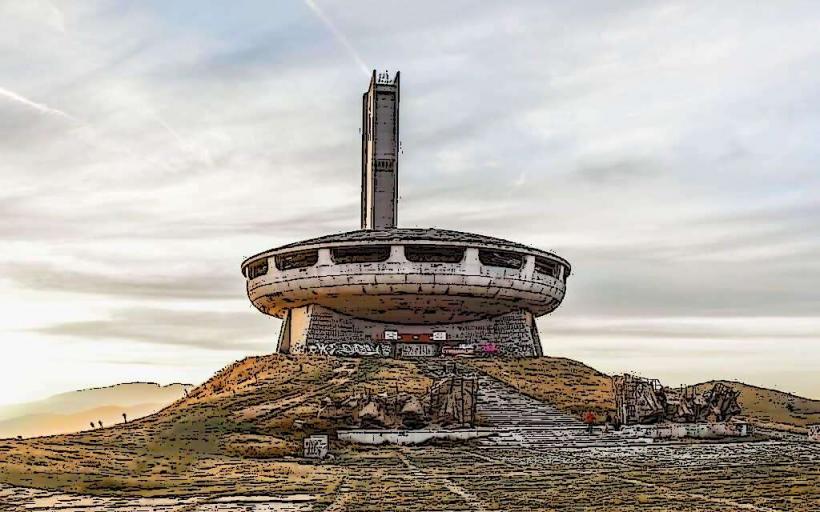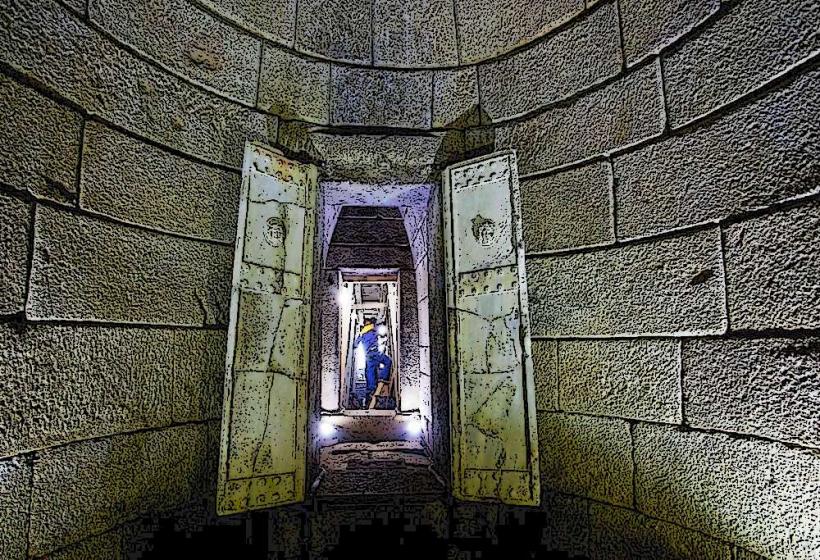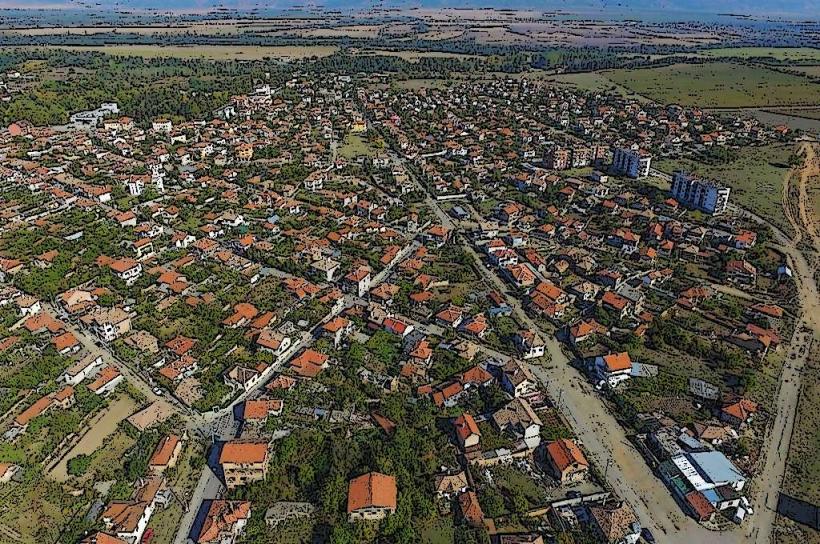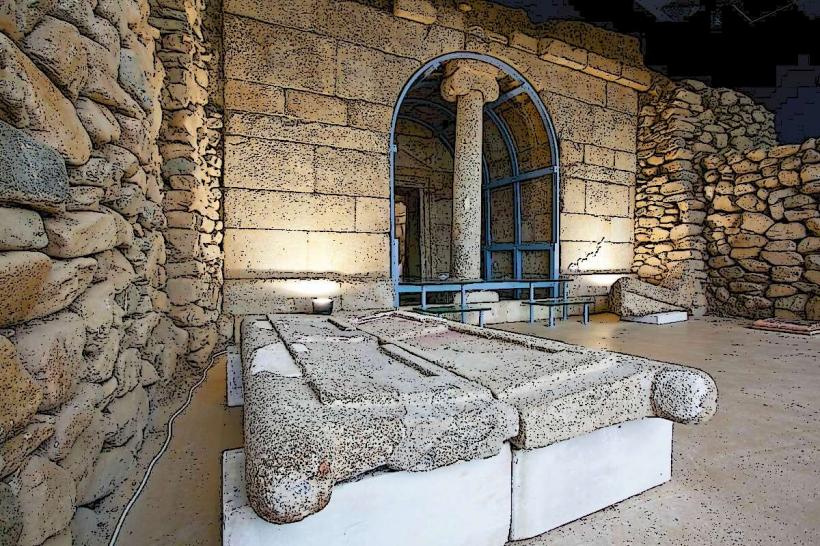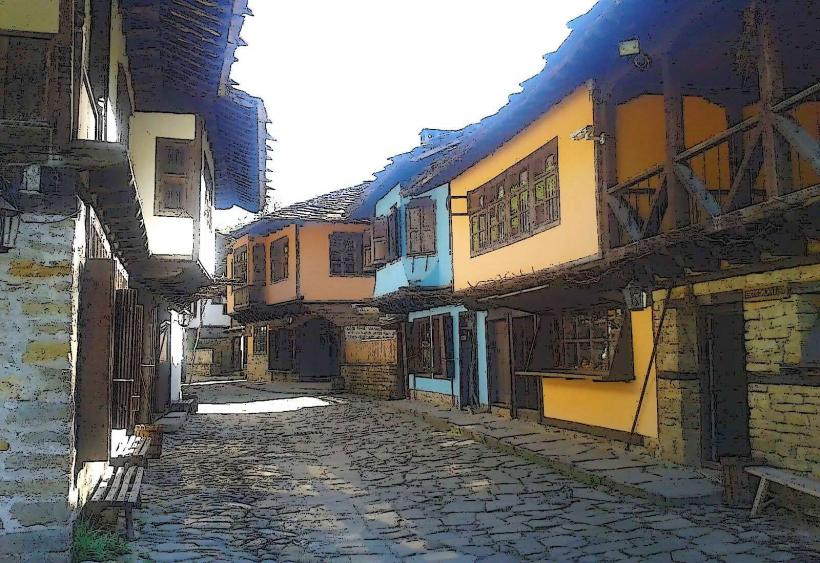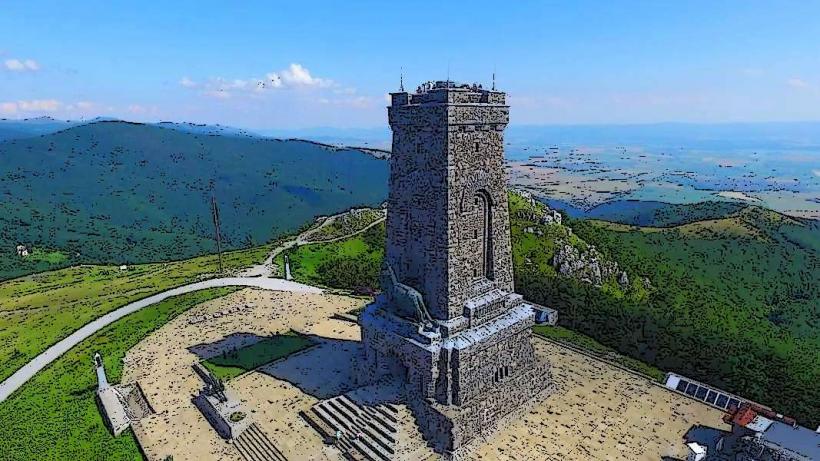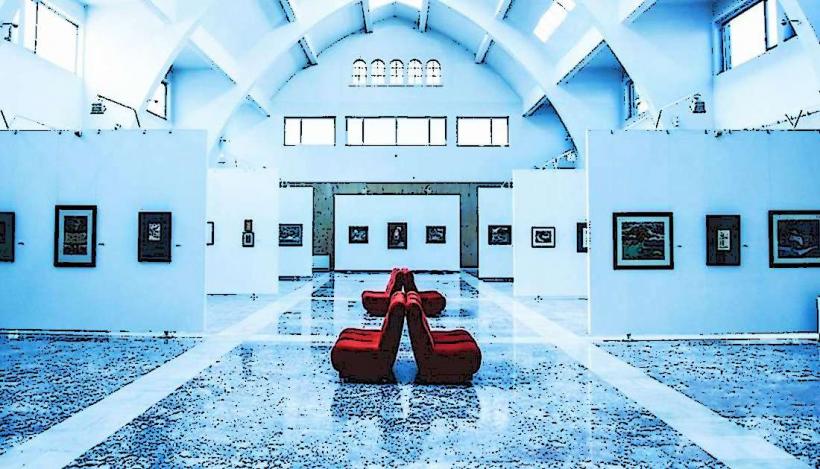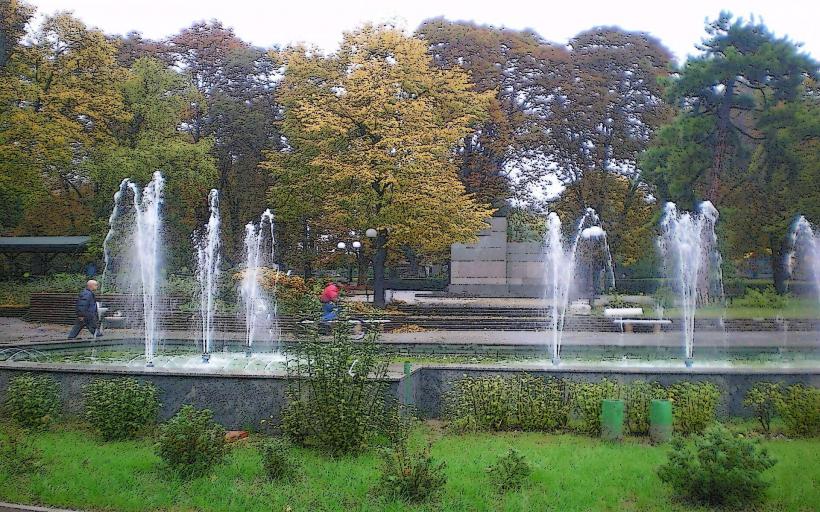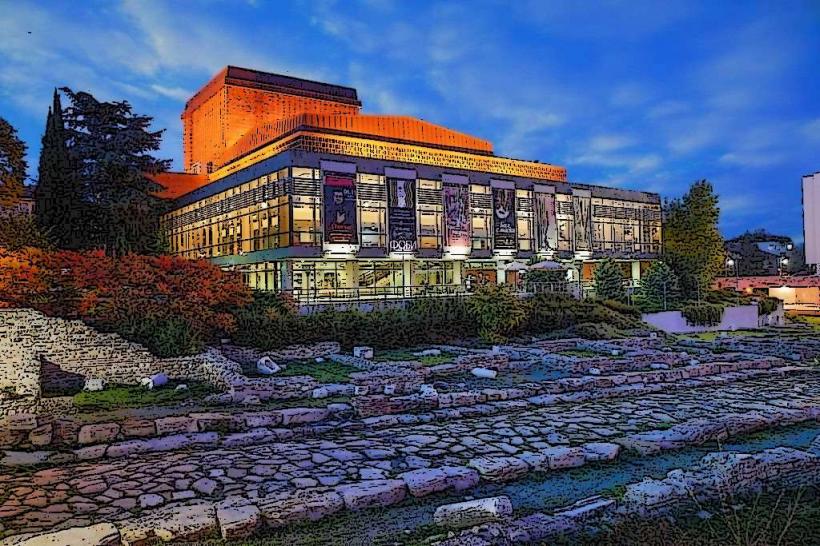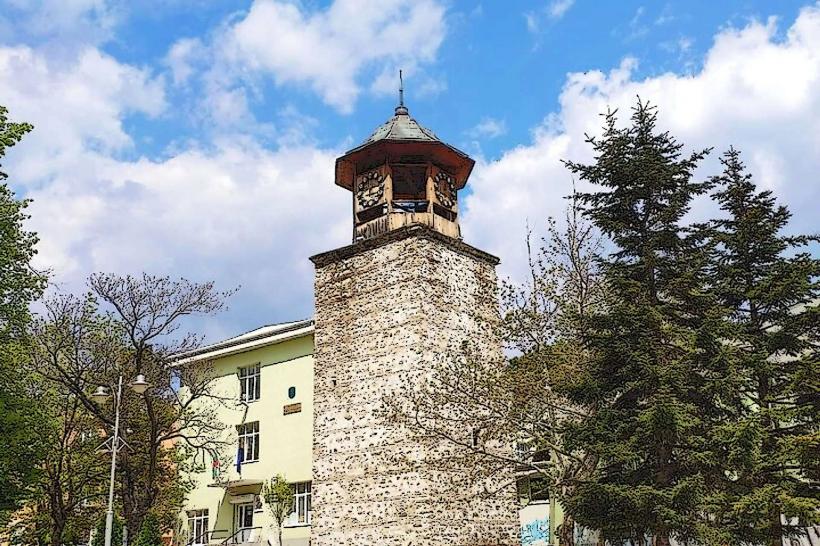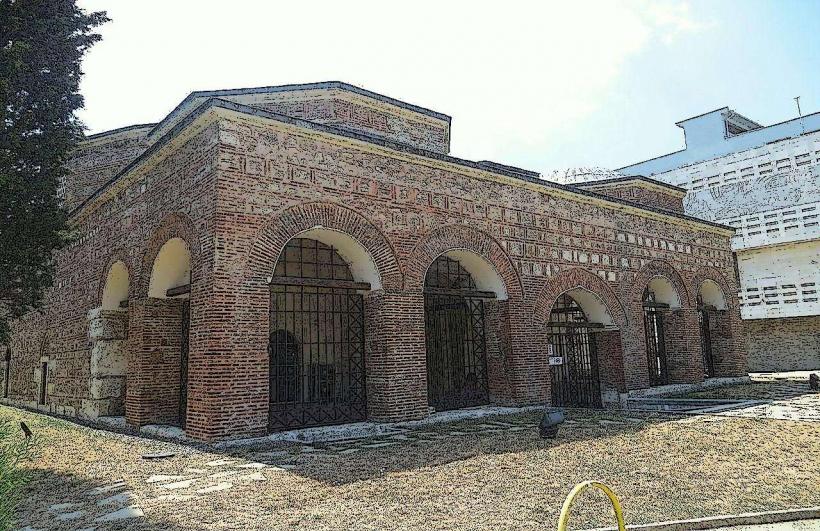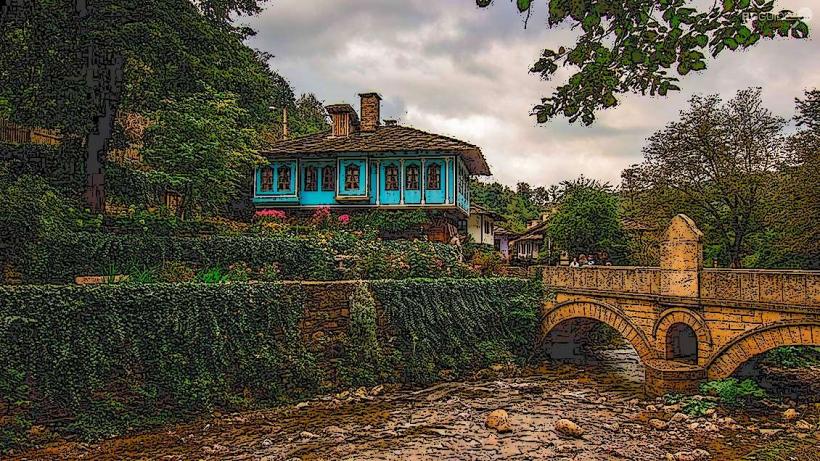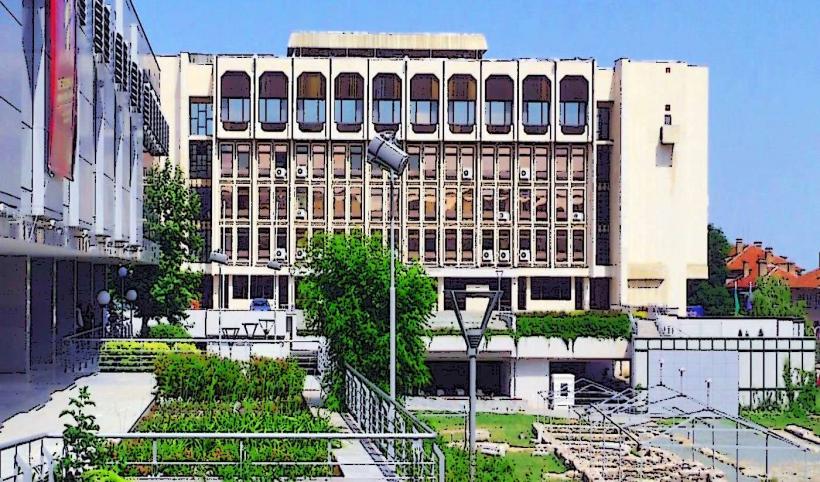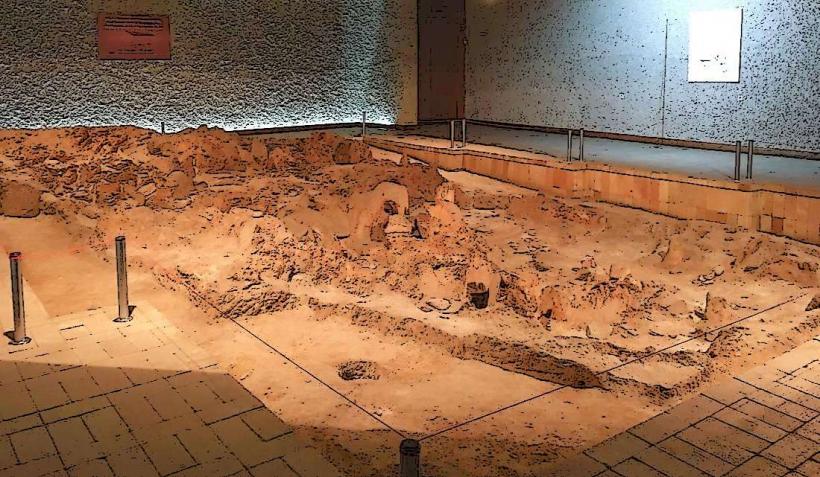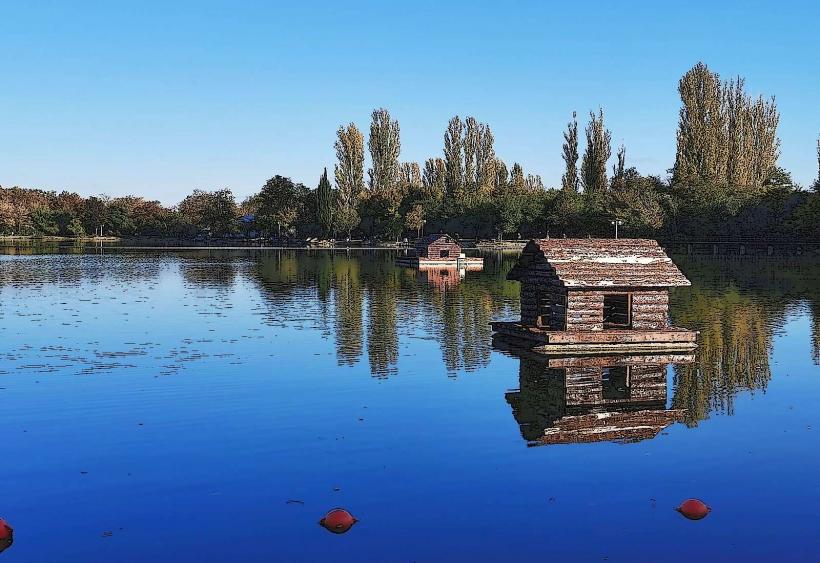Information
Landmark: Ruins of Augusta TraianaCity: Stara Zagora
Country: Bulgaria
Continent: Europe
The Ruins of Augusta Traiana are one of the most significant archaeological sites in Stara Zagora, Bulgaria, providing a fascinating glimpse into the region’s rich Roman history. The site is the remains of an ancient city that flourished under Roman rule and was known as Augusta Traiana.
Overview:
- Location: The ruins are located in the heart of modern-day Stara Zagora, making them easily accessible to visitors interested in exploring the city’s ancient history.
- Augusta Traiana was founded during the 1st century AD and was named after the Roman emperor Emperor Trajan. It became a prominent city within the Roman province of Thrace, due to its strategic location along the Roman road network.
Historical Significance:
- The city of Augusta Traiana was founded as a Roman colony in the early 2nd century AD under Emperor Trajan. It grew into an important urban center in Roman Thrace due to its location along the key Roman roads that connected different parts of the empire.
- The ruins offer a detailed picture of Roman urban life, including its infrastructure, architecture, and everyday life during the Roman period.
- Augusta Traiana was later abandoned in the 7th century AD, and over time, the area was incorporated into modern Stara Zagora.
Key Features and Discoveries:
Roman Baths:
- One of the most notable features of Augusta Traiana is its well-preserved Roman baths. These baths were an essential part of daily life in Roman cities and were used for both public bathing and socializing.
- The complex includes hypocaust systems (underfloor heating), well-designed rooms for different types of baths, and remains of mosaics that depict scenes of daily life in the Roman Empire.
Theater:
- A Roman theater once stood in Augusta Traiana, and though much of it has been eroded, some remains of the theater’s structure can still be seen today.
- The theater, like many others in Roman cities, was used for performances, public events, and entertainment. The remains suggest that it was an important cultural venue for the city's residents.
Forum:
- The Roman forum in Augusta Traiana was the center of public life, serving as the location for official meetings, market activities, and other civic functions.
- Fragments of columns, architectural structures, and public buildings have been uncovered here, offering a glimpse into the grandeur of Roman public spaces.
City Streets and Buildings:
- Excavations in Augusta Traiana have revealed remains of city streets, residential buildings, and public facilities, including temples dedicated to various Roman deities.
- Many of these structures are thought to have been part of the city’s urban grid, with cobblestone streets and well-constructed houses.
Mosaics:
- Roman mosaics uncovered at Augusta Traiana depict scenes from Roman mythology, daily life, and nature. These mosaics, many of which have been preserved, are a testament to the artistic craftsmanship of the time.
- Some of the mosaics feature geometric patterns, while others display mythological figures and natural landscapes.
City Walls and Gates:
- Remains of the city walls and gates of Augusta Traiana provide insight into the city’s fortifications. The walls, though partially eroded, show how the Romans protected their settlements from external threats.
- The presence of monumental gates suggests that Augusta Traiana was a well-fortified city, integral to the Roman defense strategy in the region.
Artifacts:
- Numerous artifacts have been found in Augusta Traiana, including pottery, coins, tools, and statuary, all of which offer evidence of the city's thriving trade and cultural exchanges.
- Many of these artifacts are housed in local museums, allowing visitors to gain a more comprehensive understanding of the daily life and economy in Roman Augusta Traiana.
Archaeological Excavations:
- Excavations at Augusta Traiana began in the early 20th century, and ongoing work has uncovered significant portions of the ancient city.
- The site is still actively studied, and further discoveries continue to shed light on the urban layout and life in Roman Thrace.
Visitor Experience:
- Today, the Ruins of Augusta Traiana are an open-air museum and archaeological site that can be visited by tourists. While some structures are in a state of partial ruin, the site remains a powerful reminder of the ancient Roman world.
- The remains are well-marked, with information boards and interpretive signs to help visitors understand the history and significance of the site.
- Visitors can explore the remains of the Roman baths, theater, forum, and temples, while also enjoying the atmosphere of a city that once served as a cultural and economic hub in the Roman Empire.
Conclusion:
The Ruins of Augusta Traiana offer a rich and immersive experience for history enthusiasts and anyone interested in the legacy of Roman civilization. As a key city in Roman Thrace, Augusta Traiana provides a fascinating glimpse into the urban life, architecture, and culture of the Roman Empire. Its well-preserved ruins, mosaics, and artifacts make it one of the most important archaeological sites in Bulgaria, and a must-visit destination for anyone exploring Stara Zagora's rich historical heritage.

